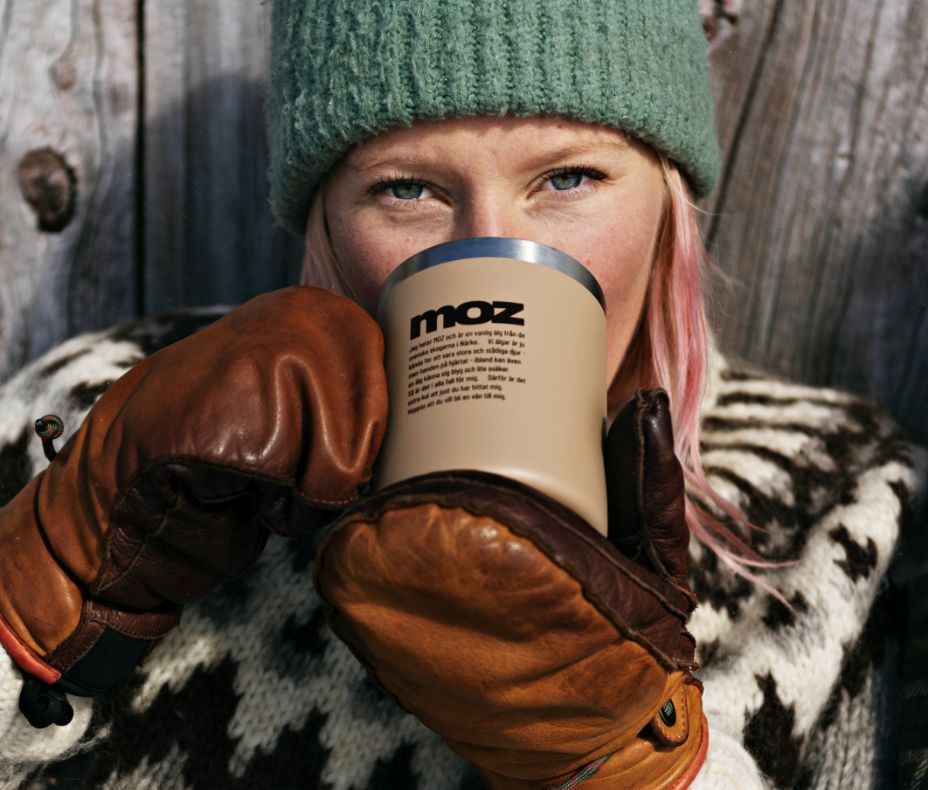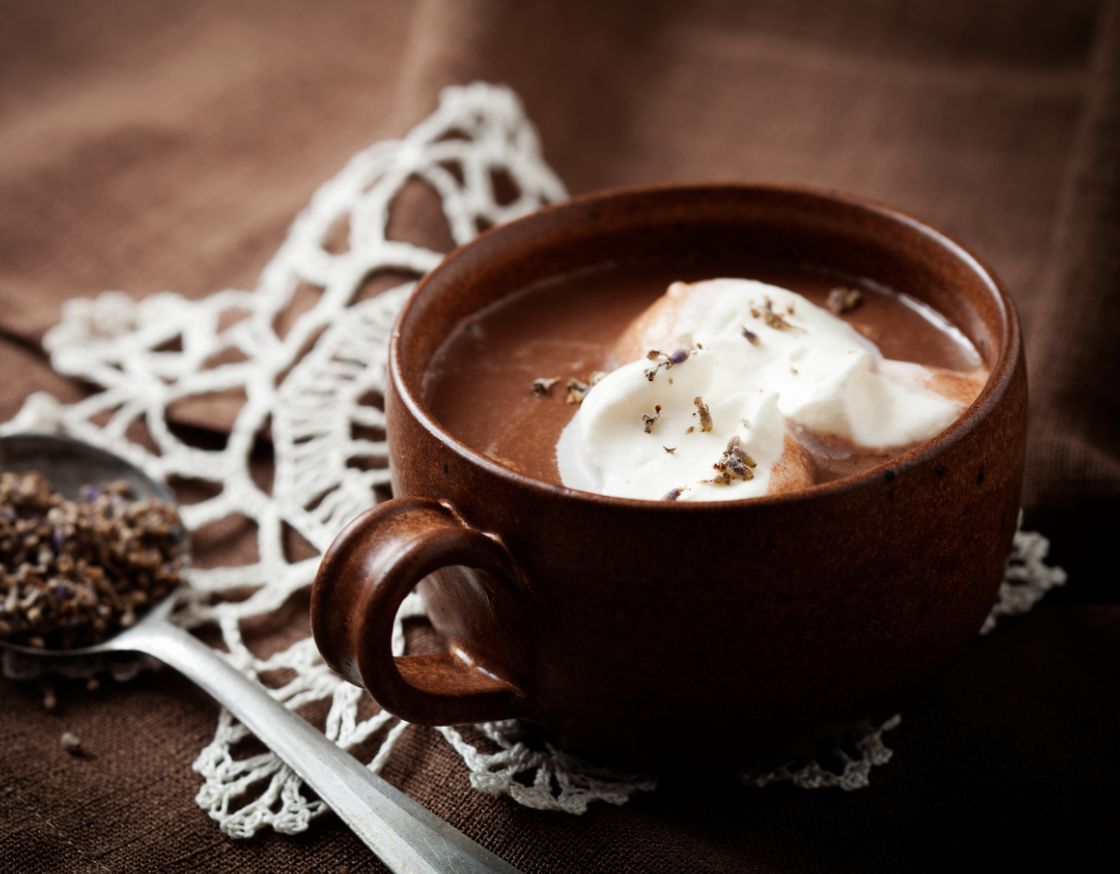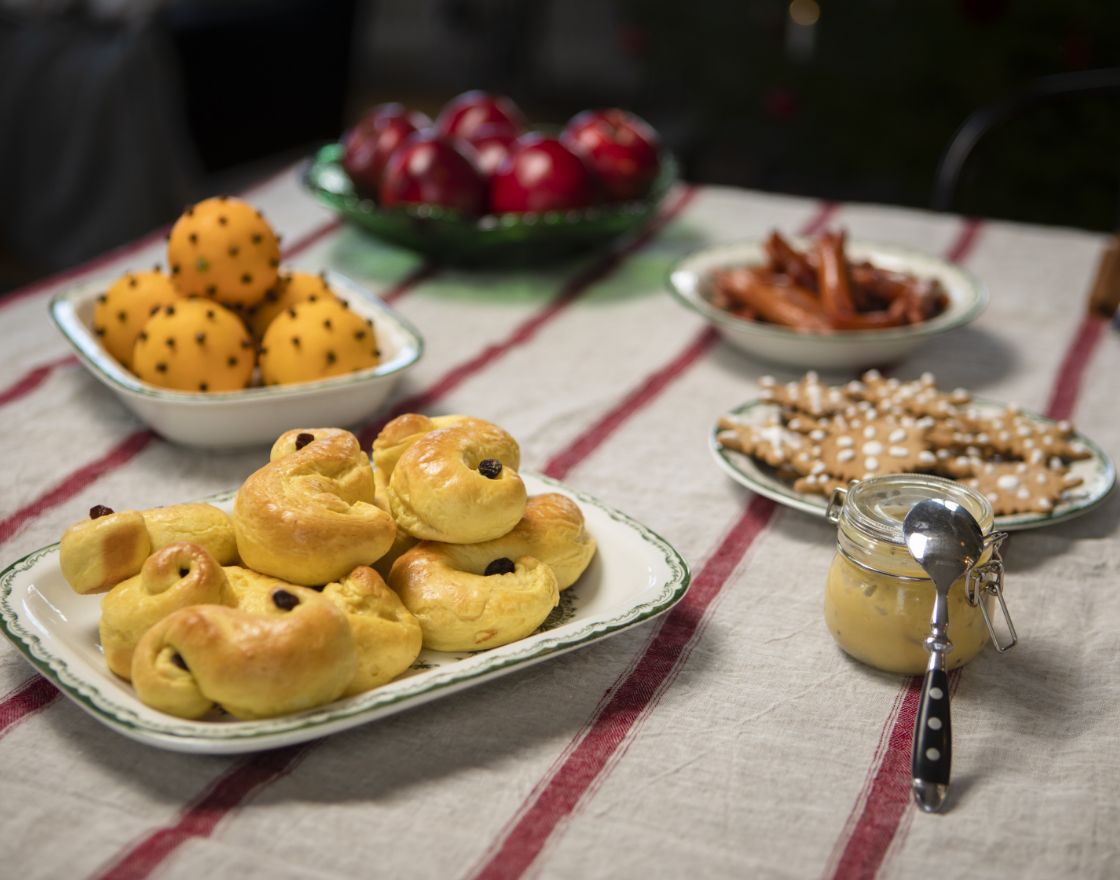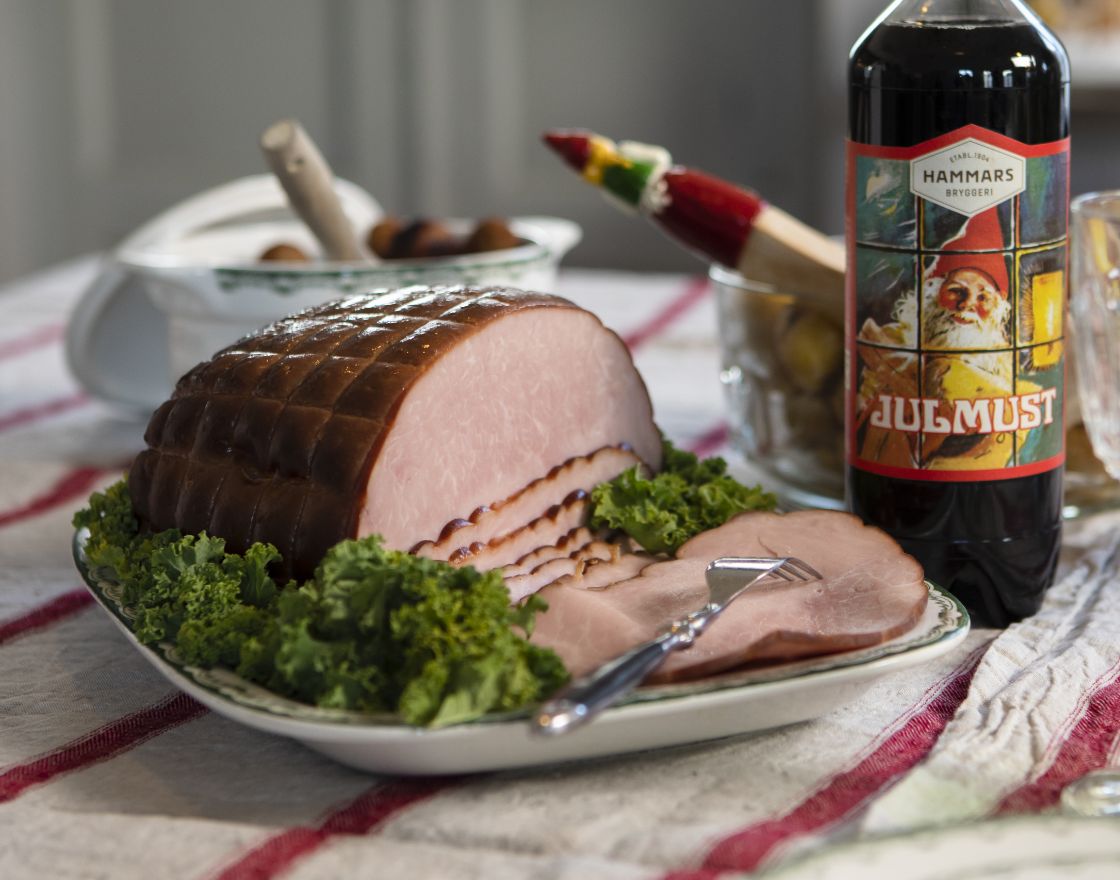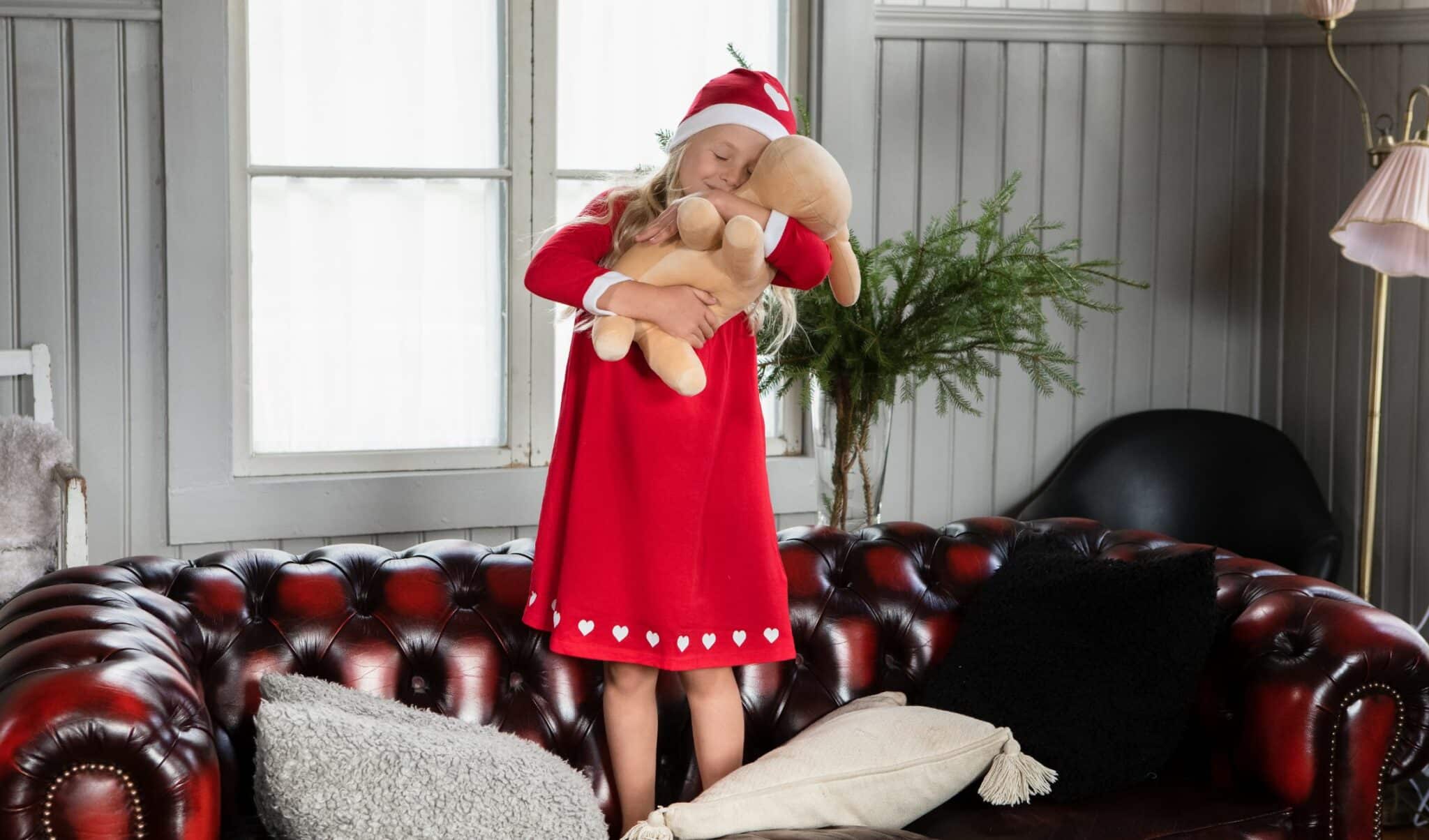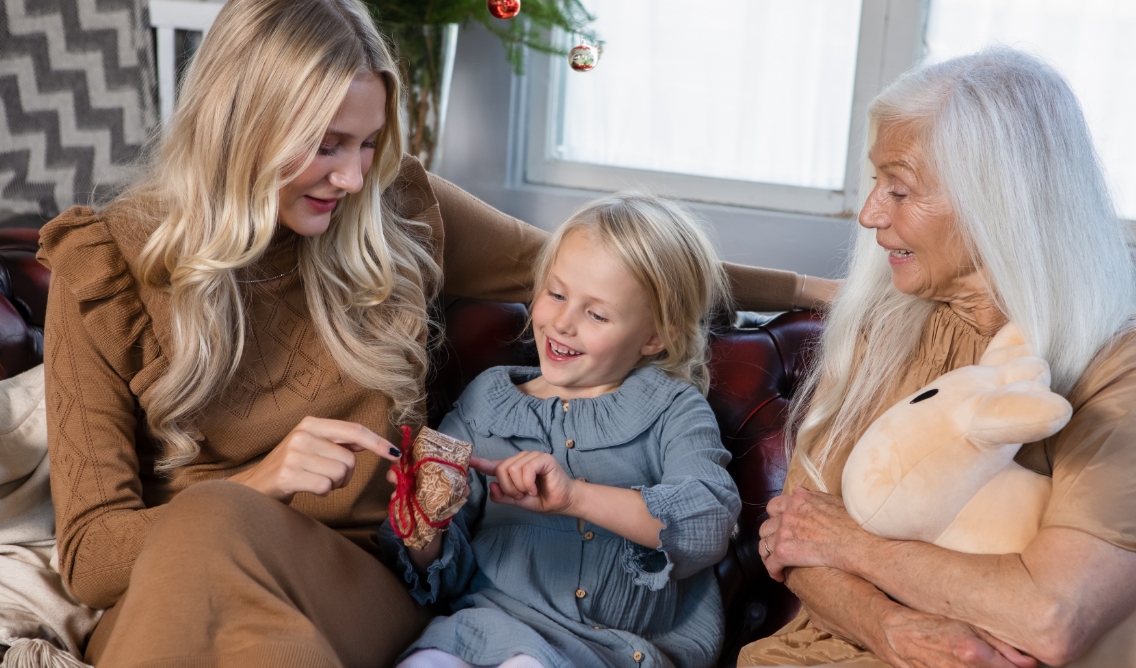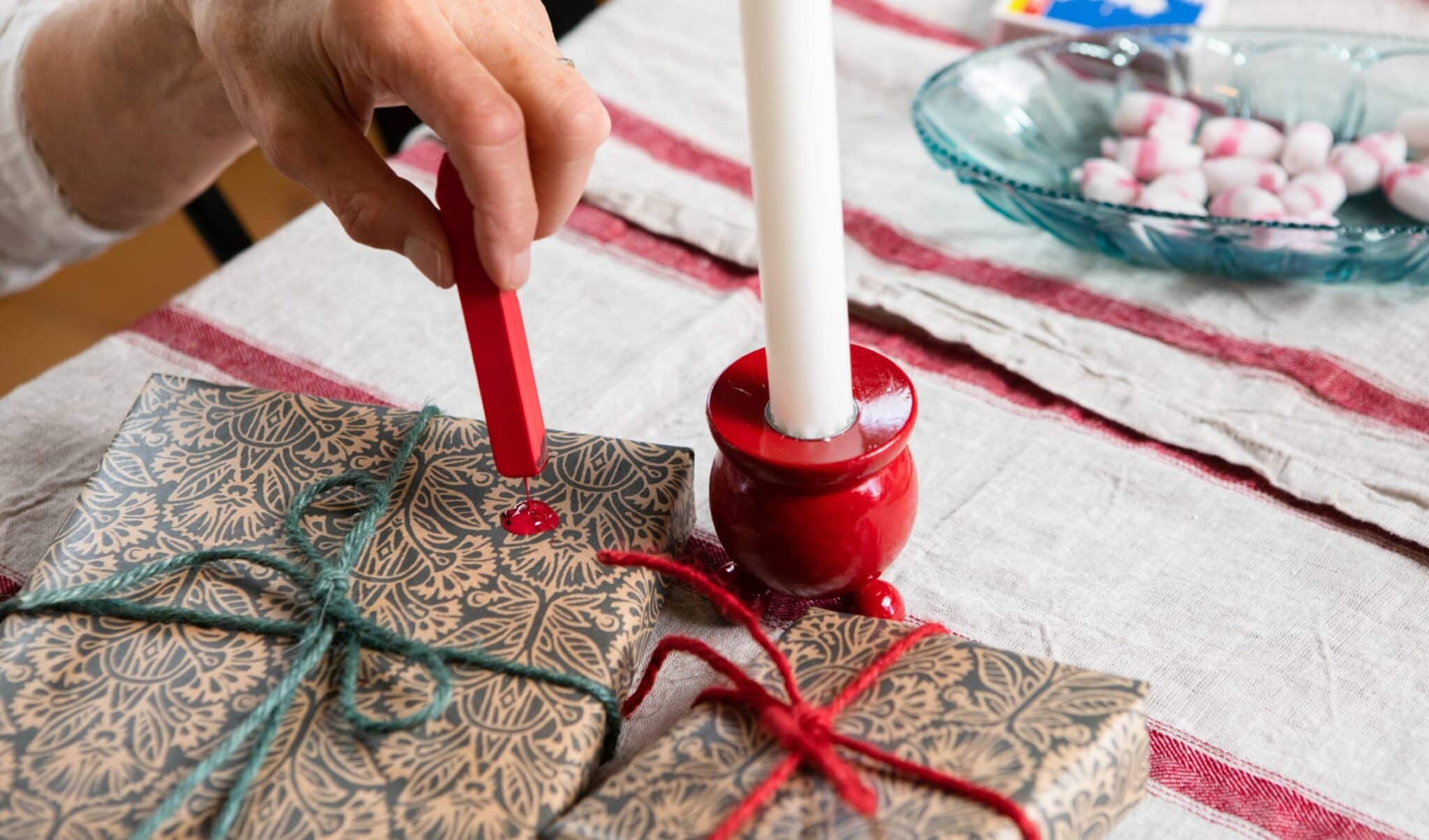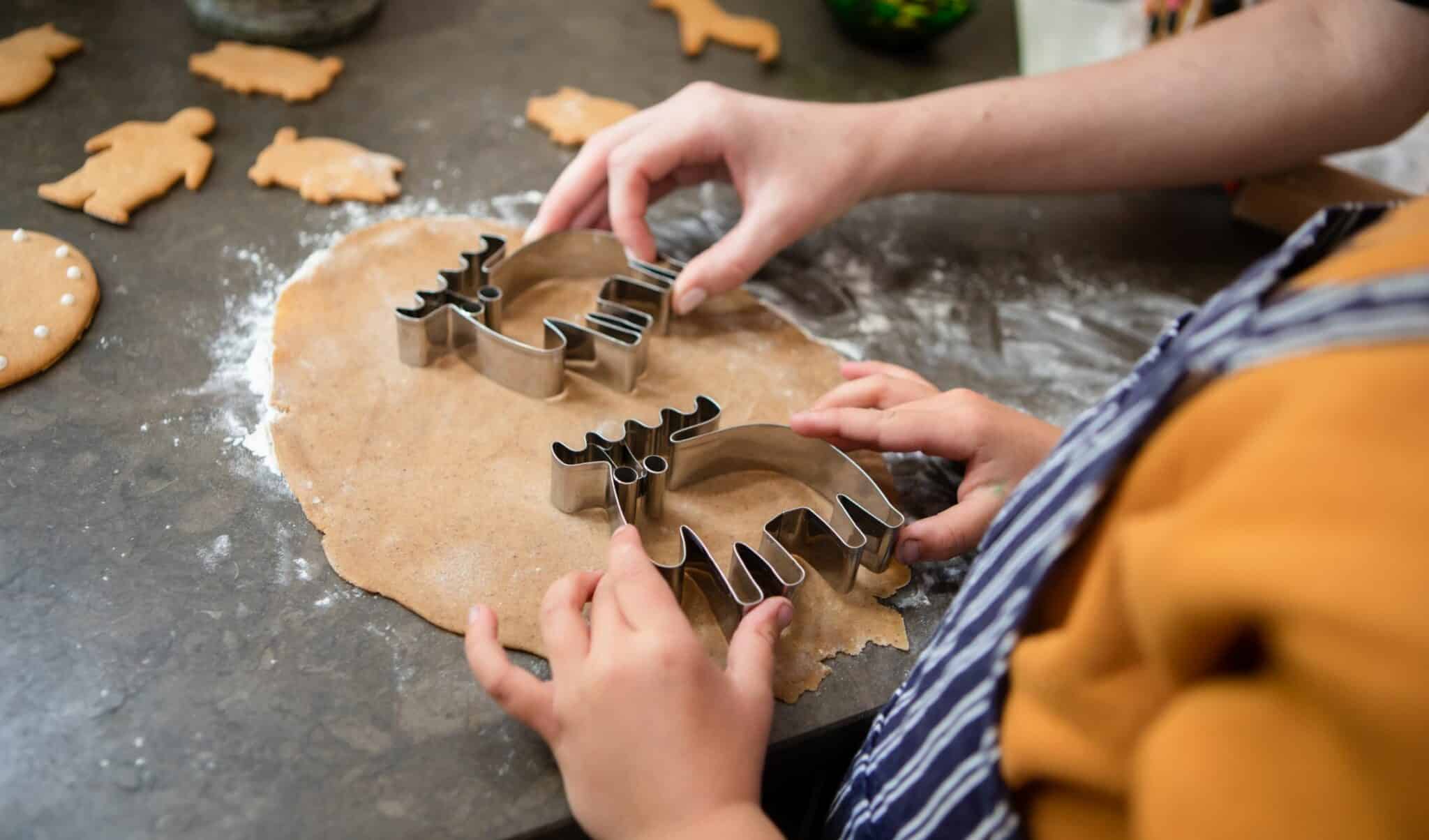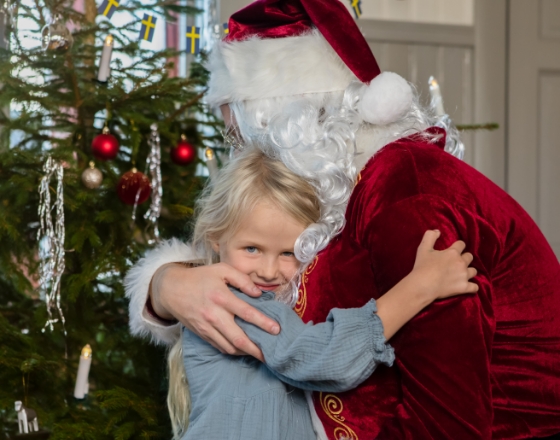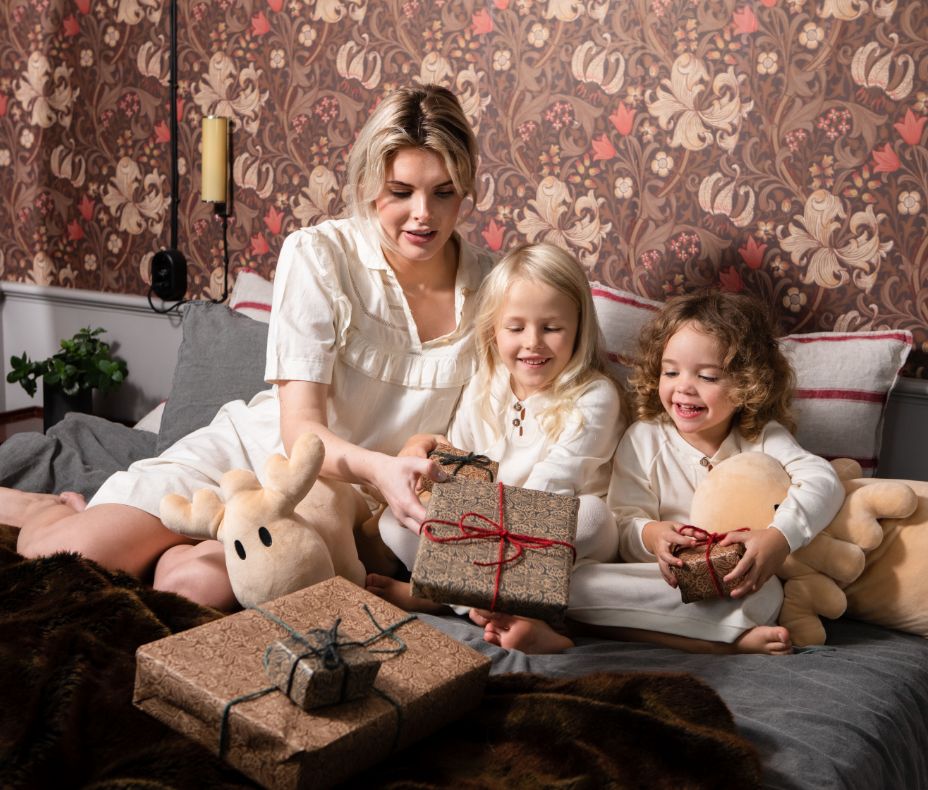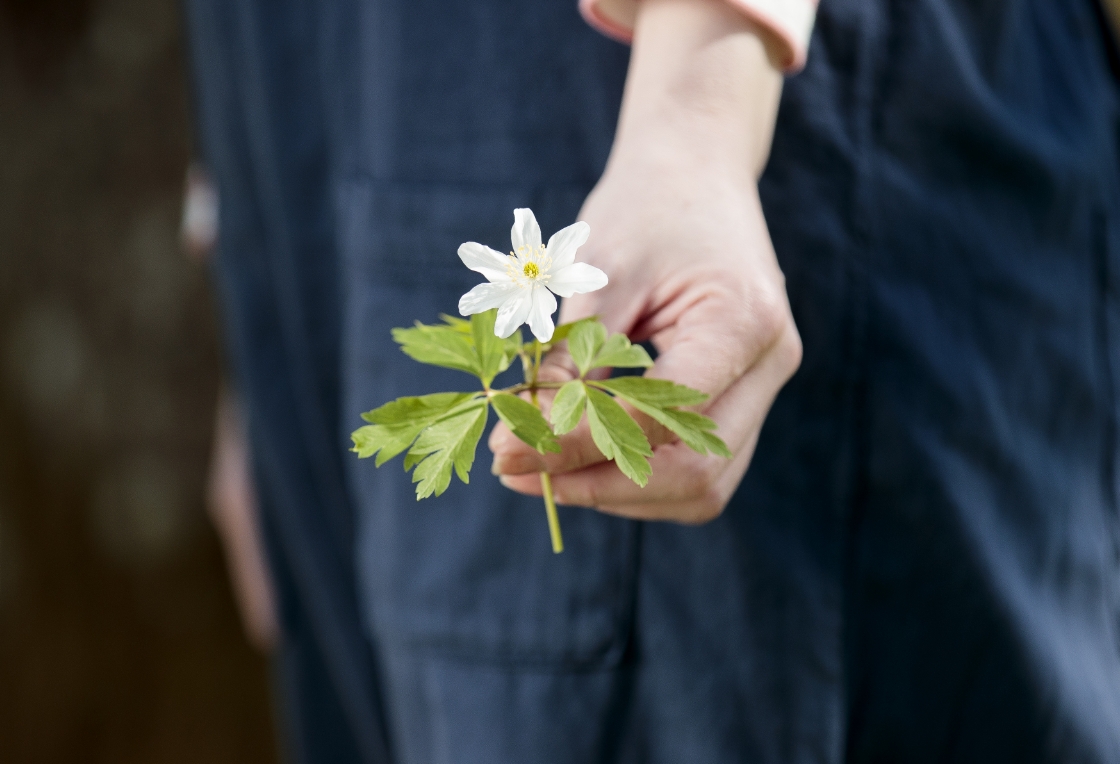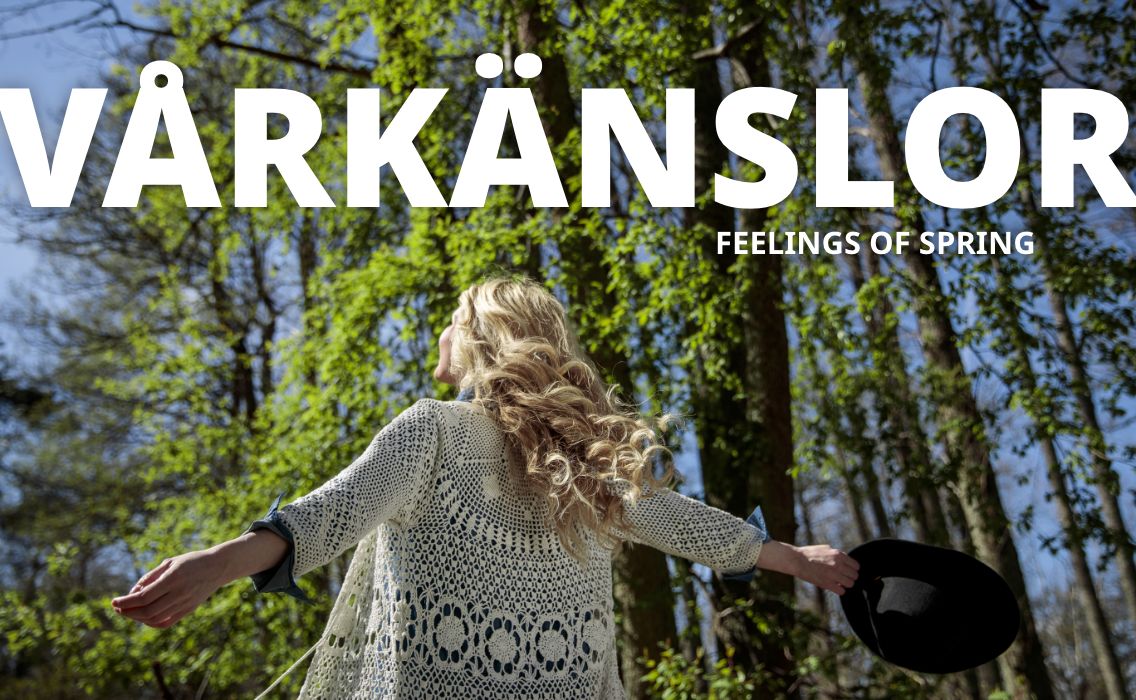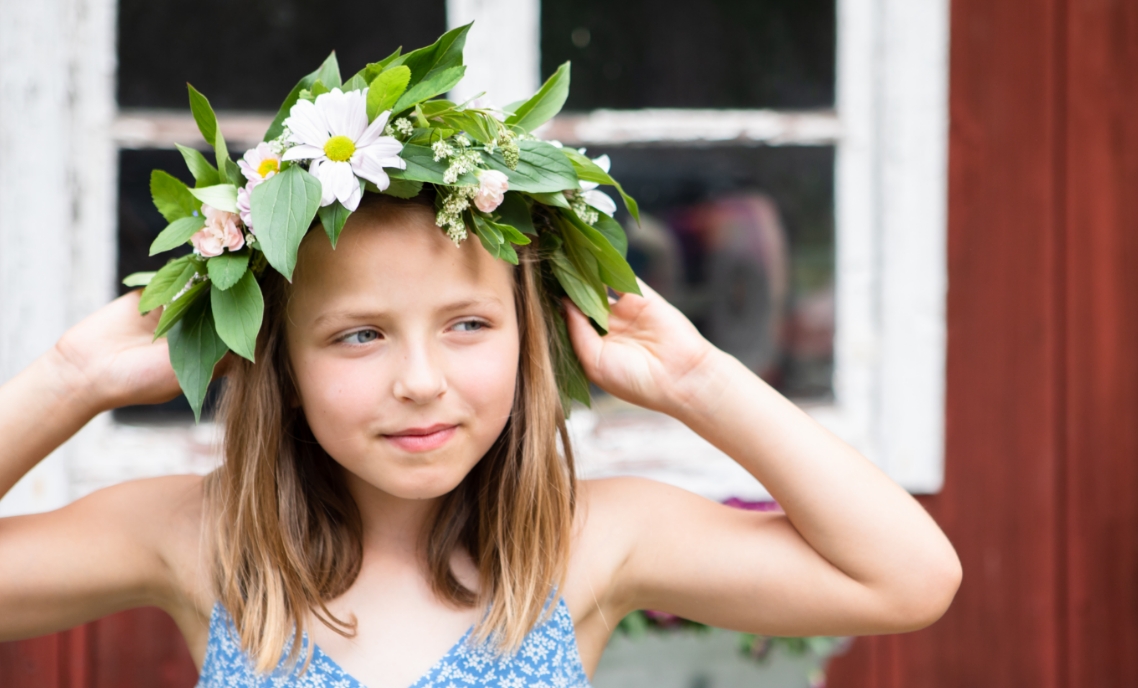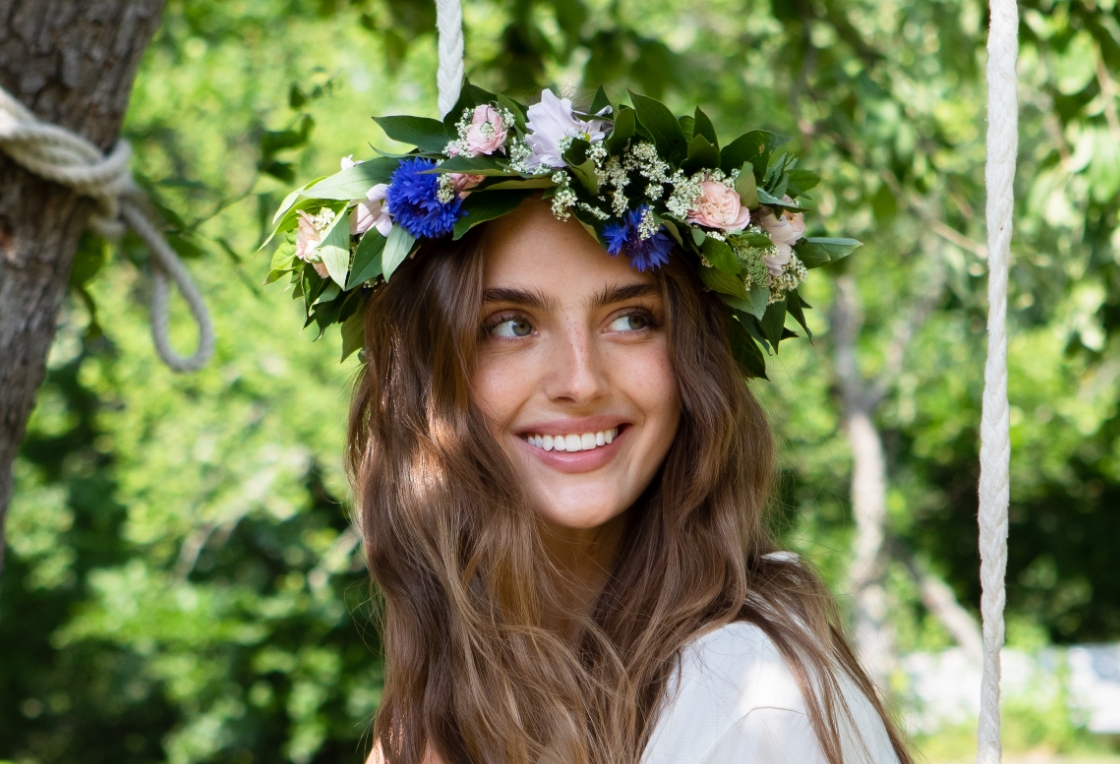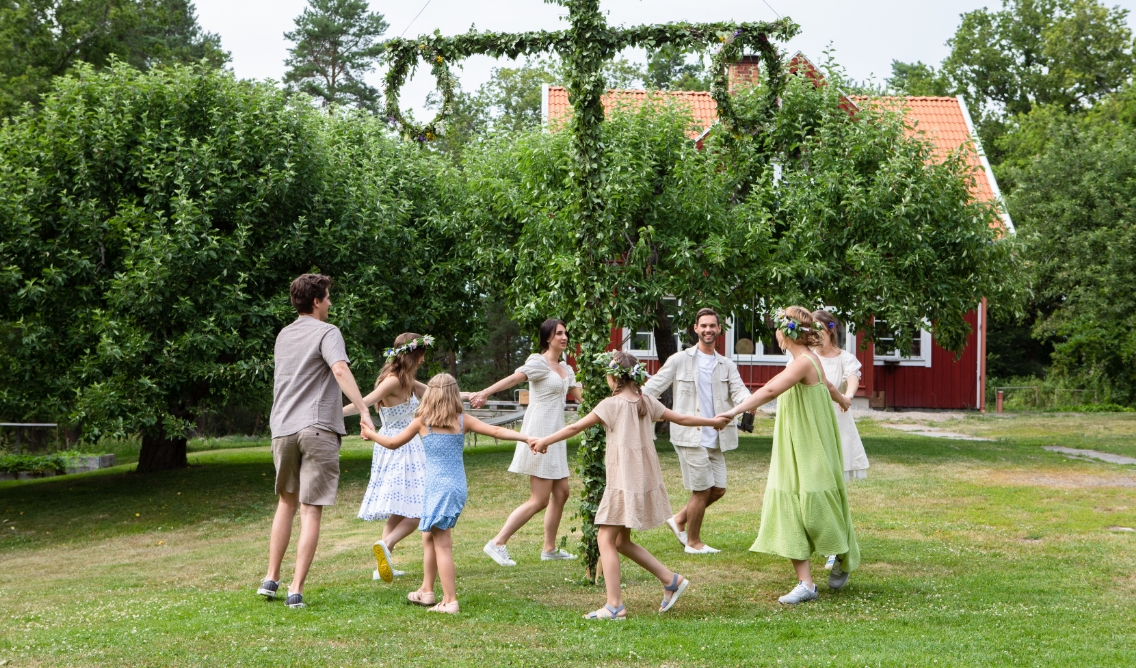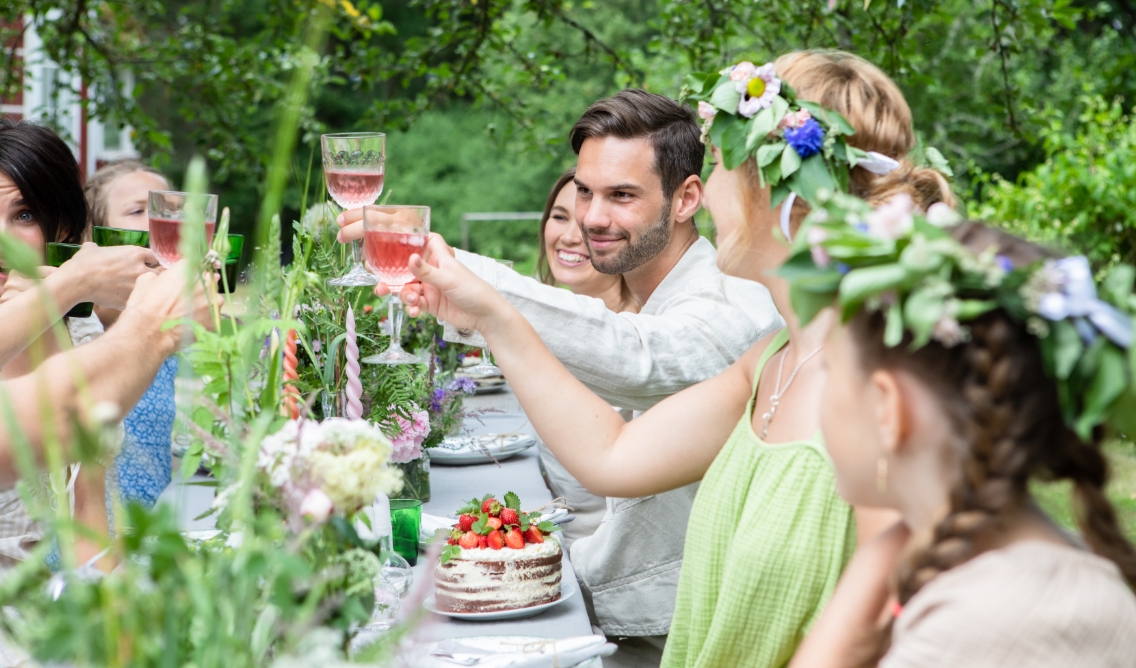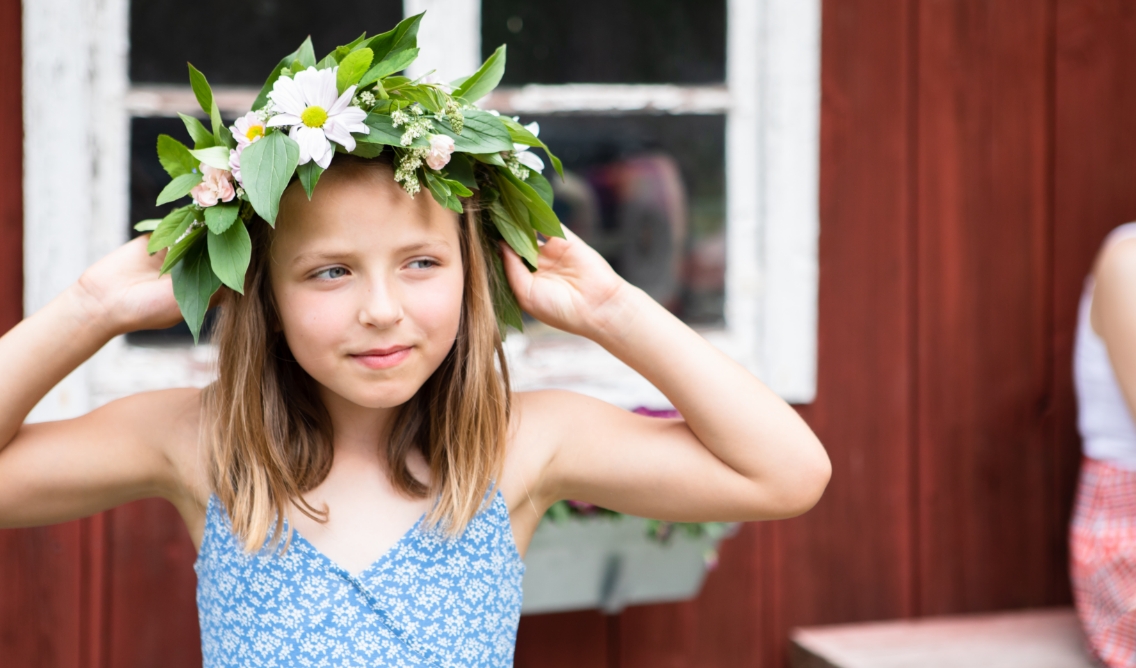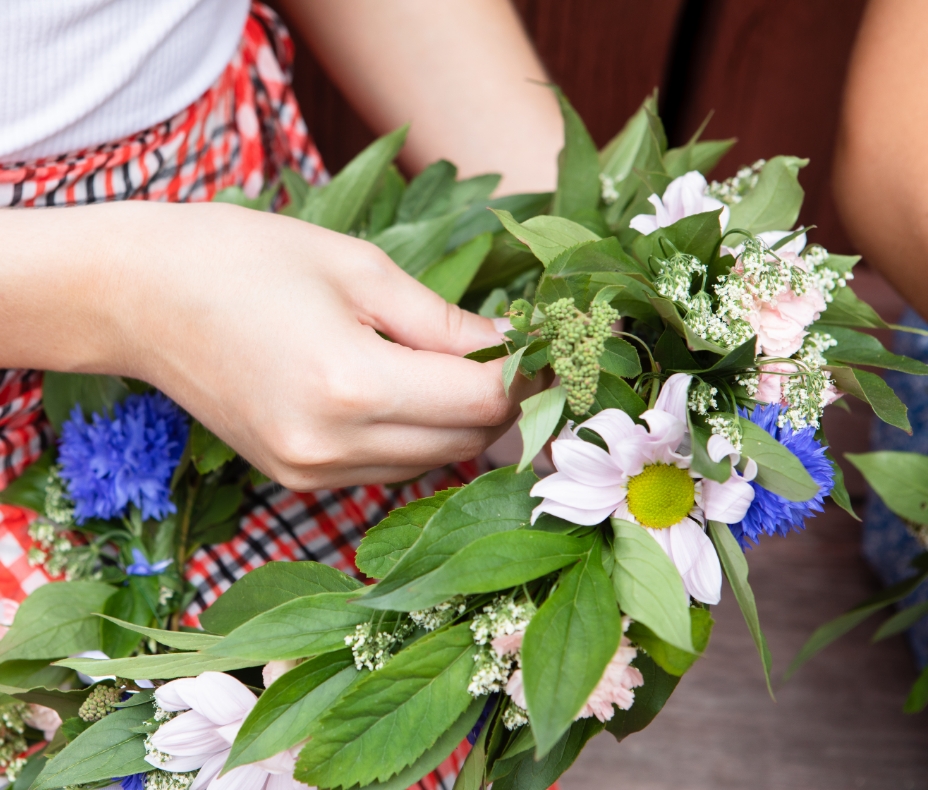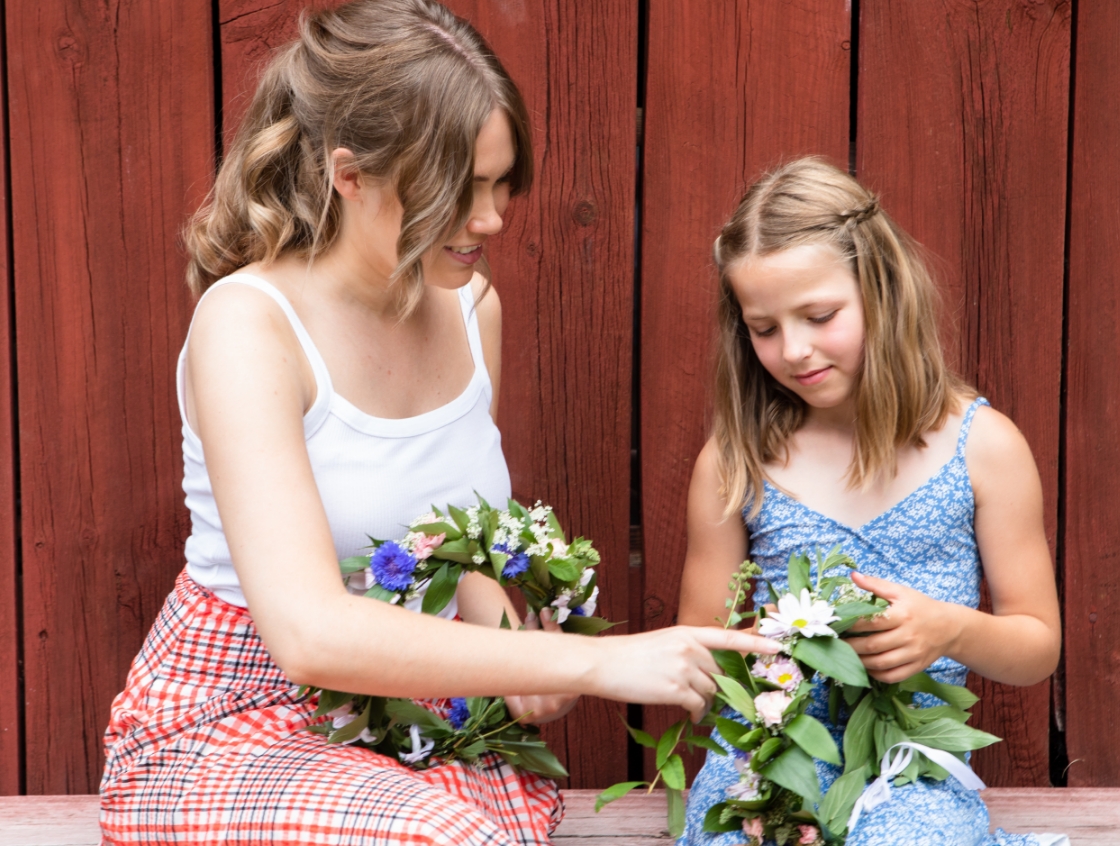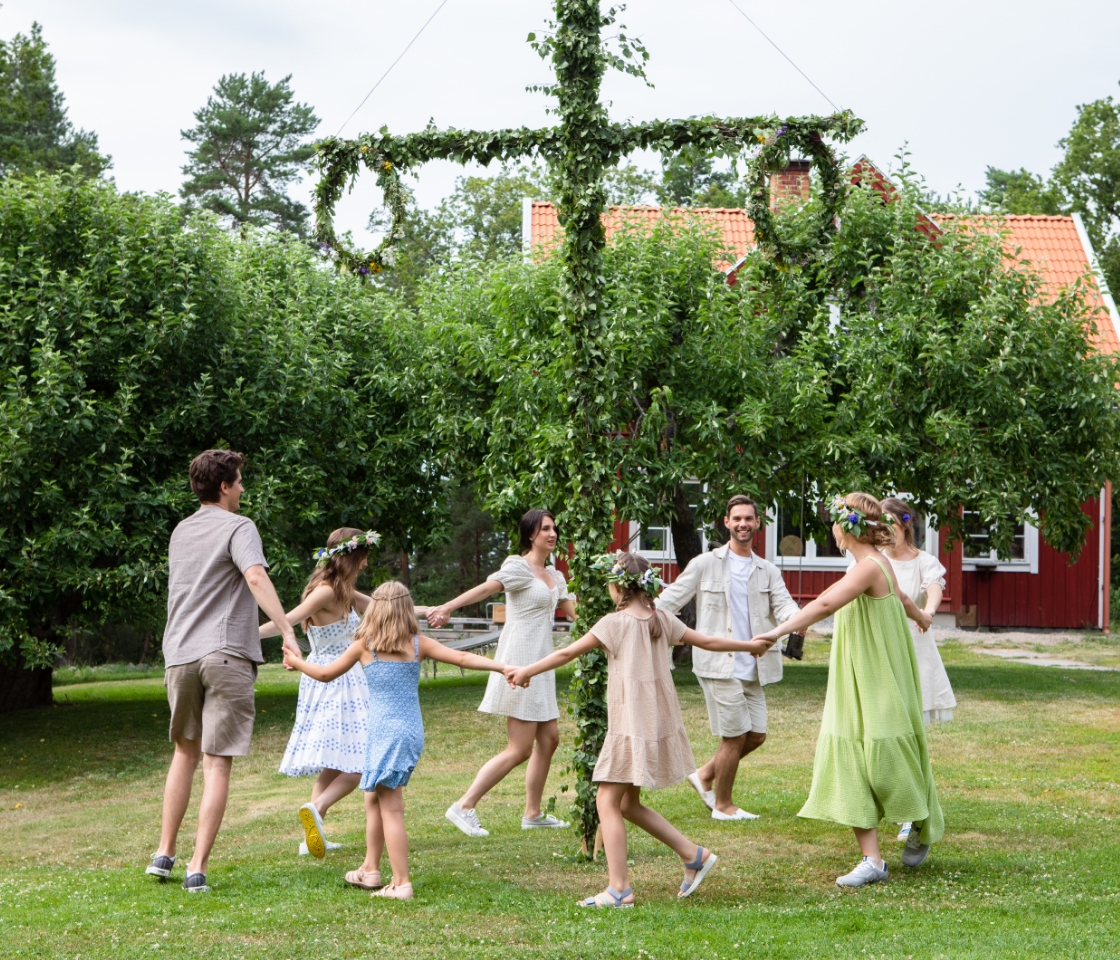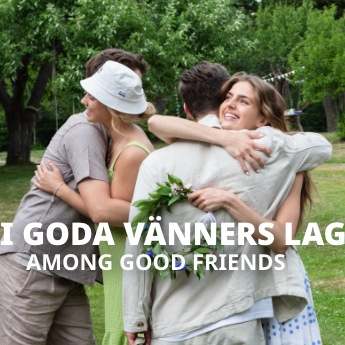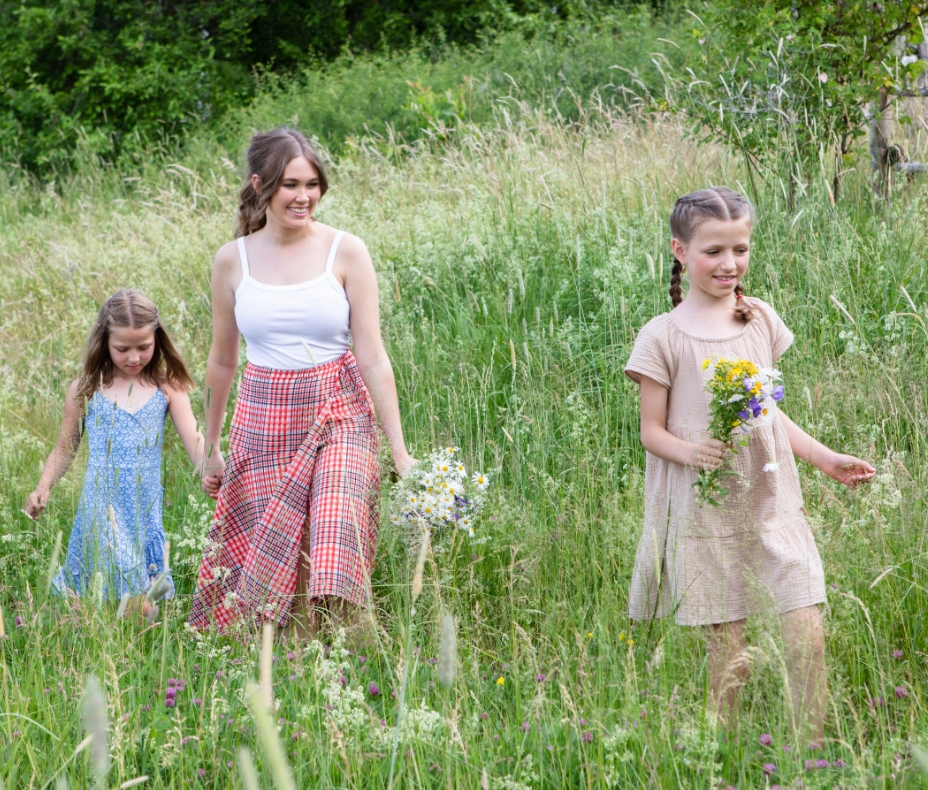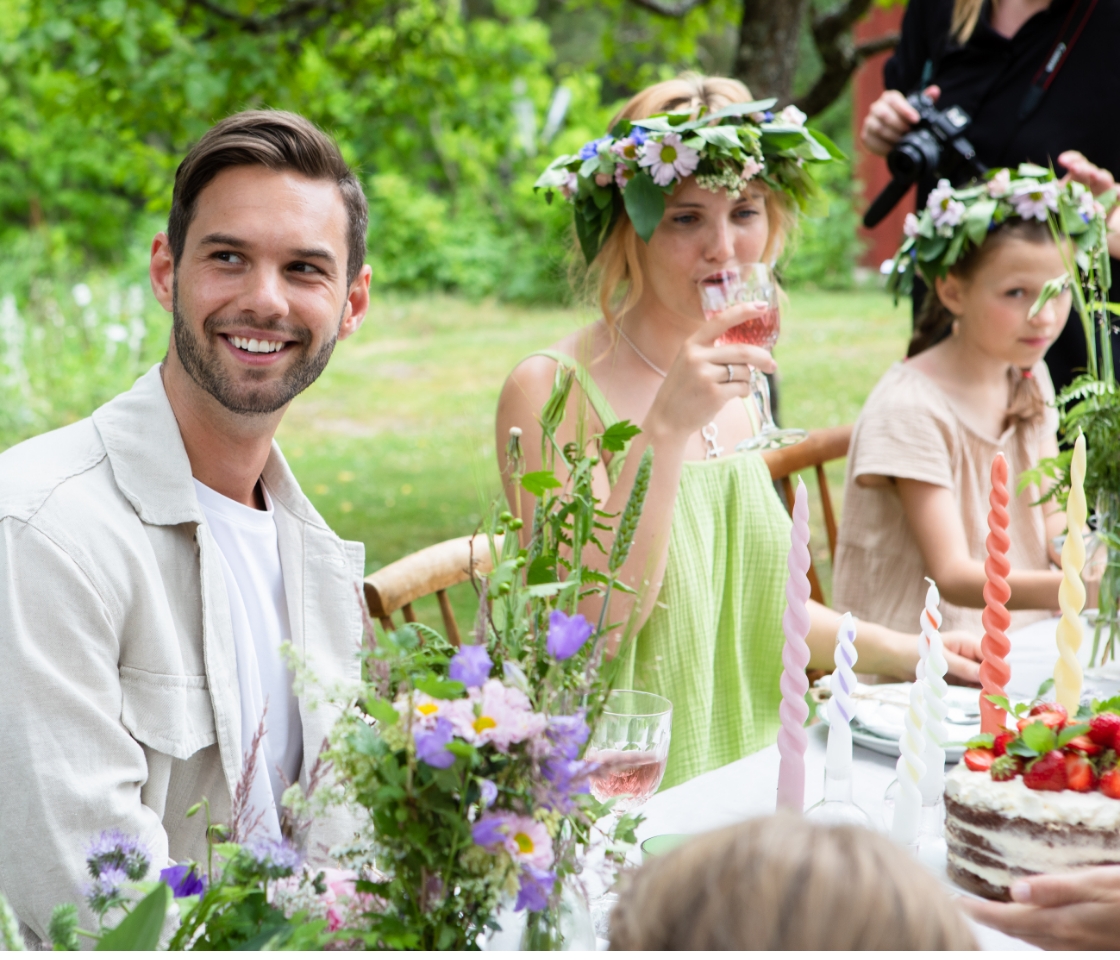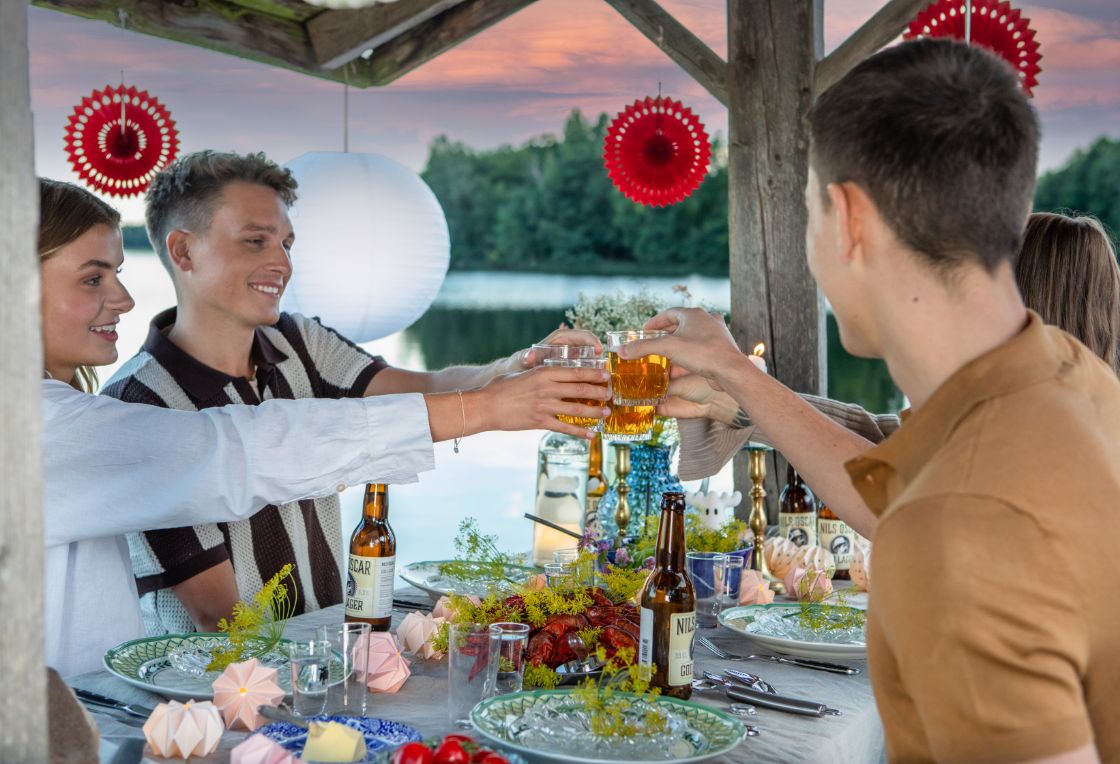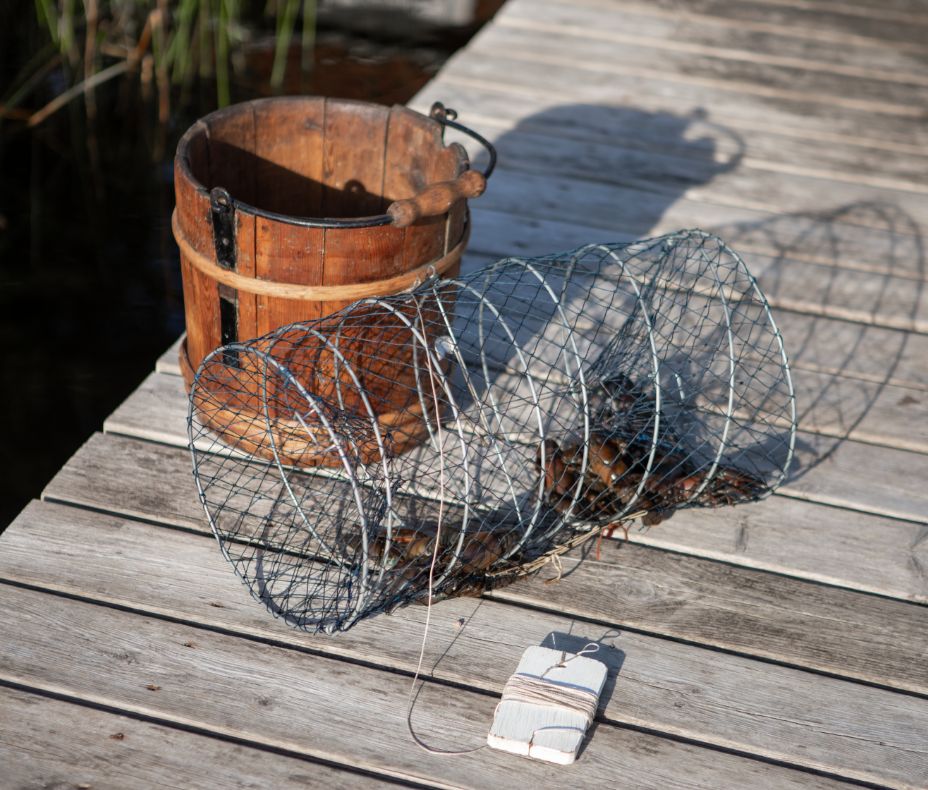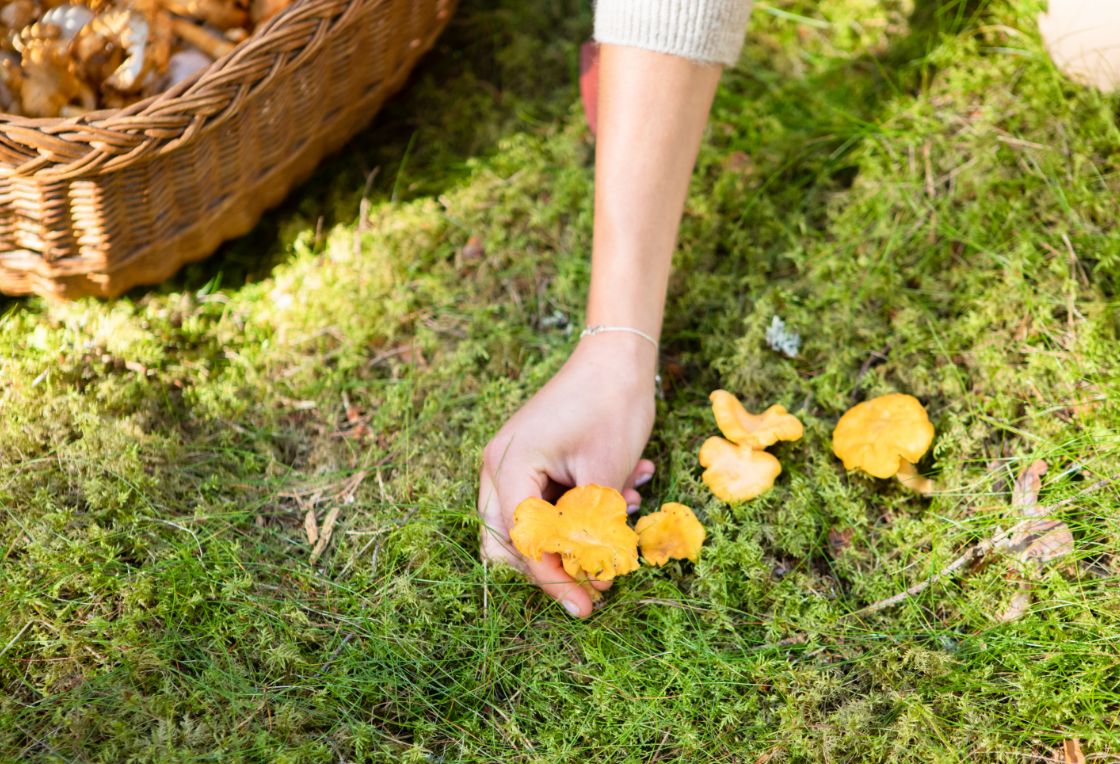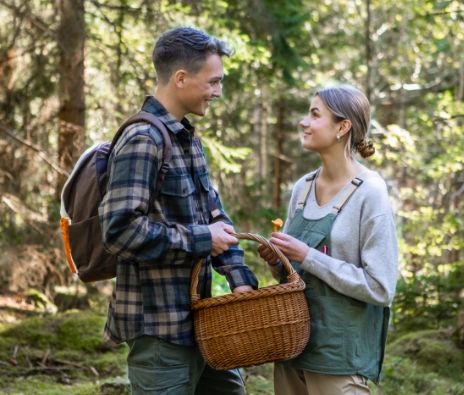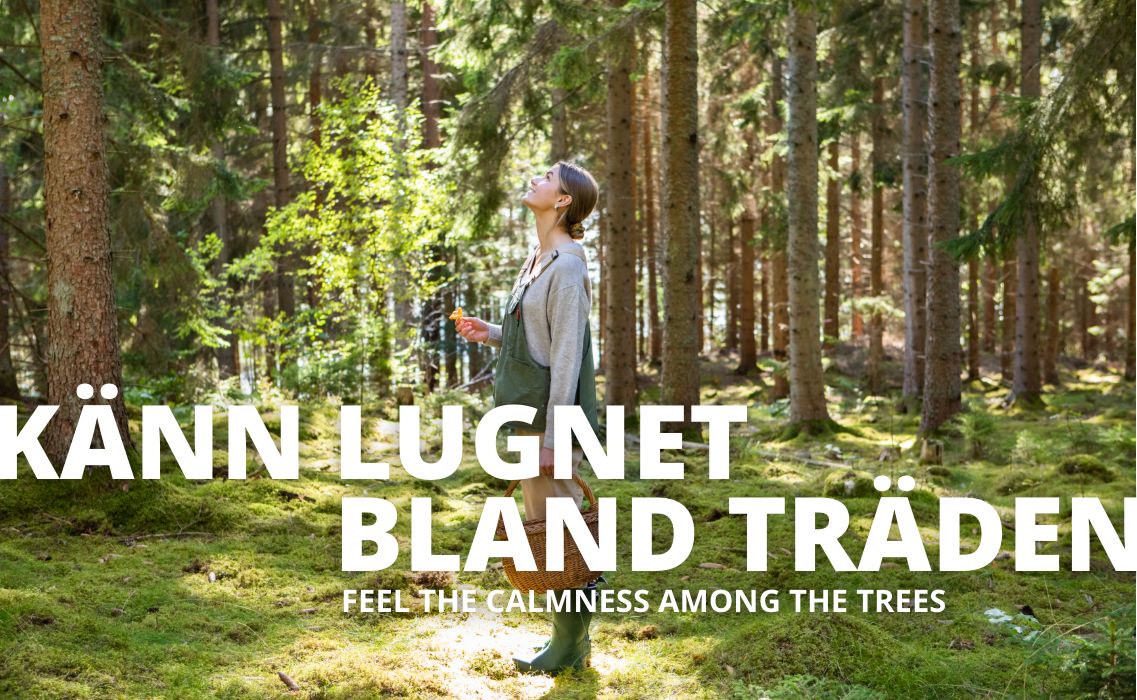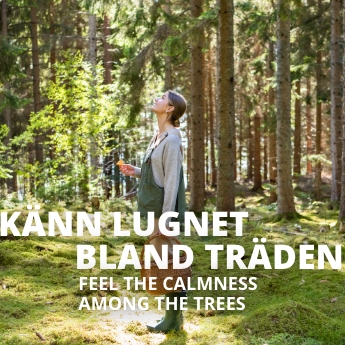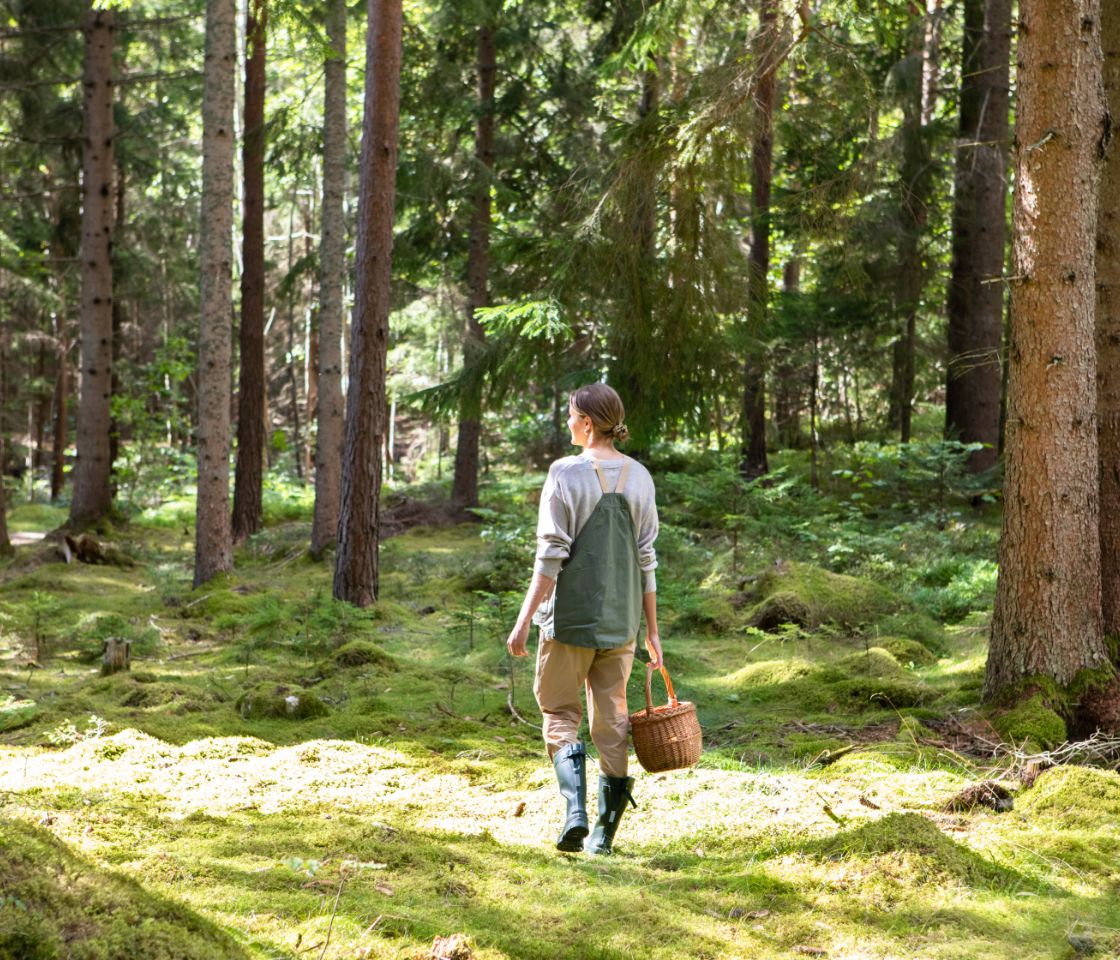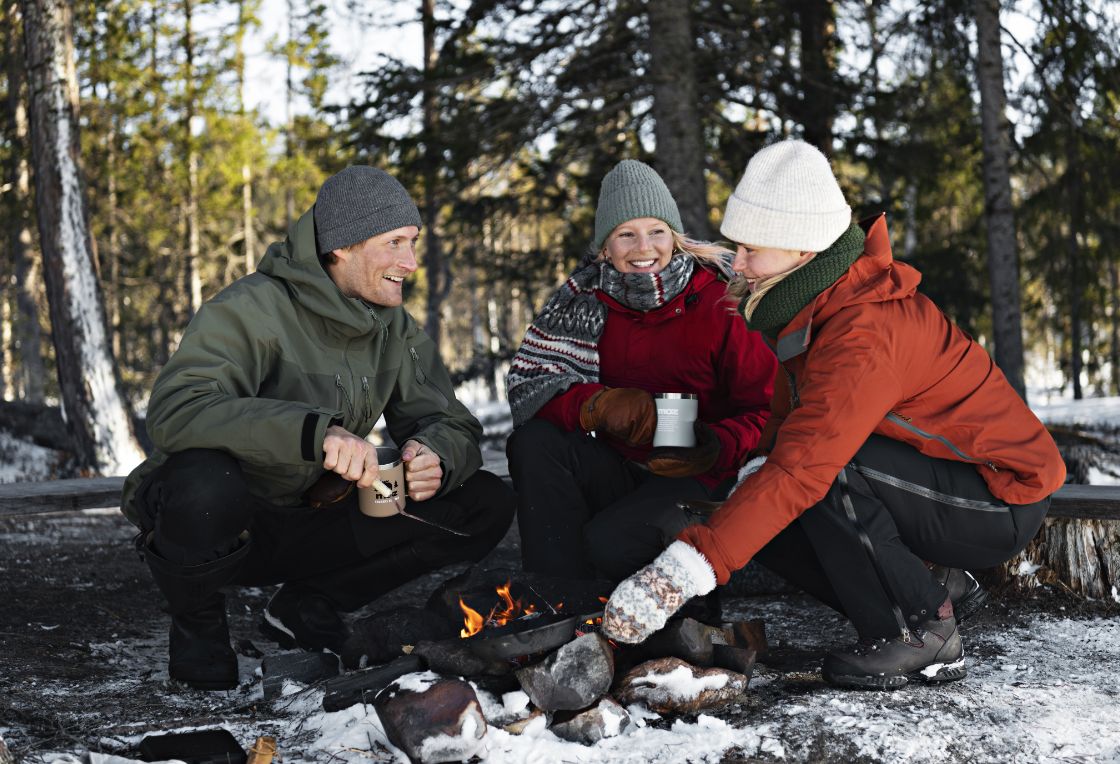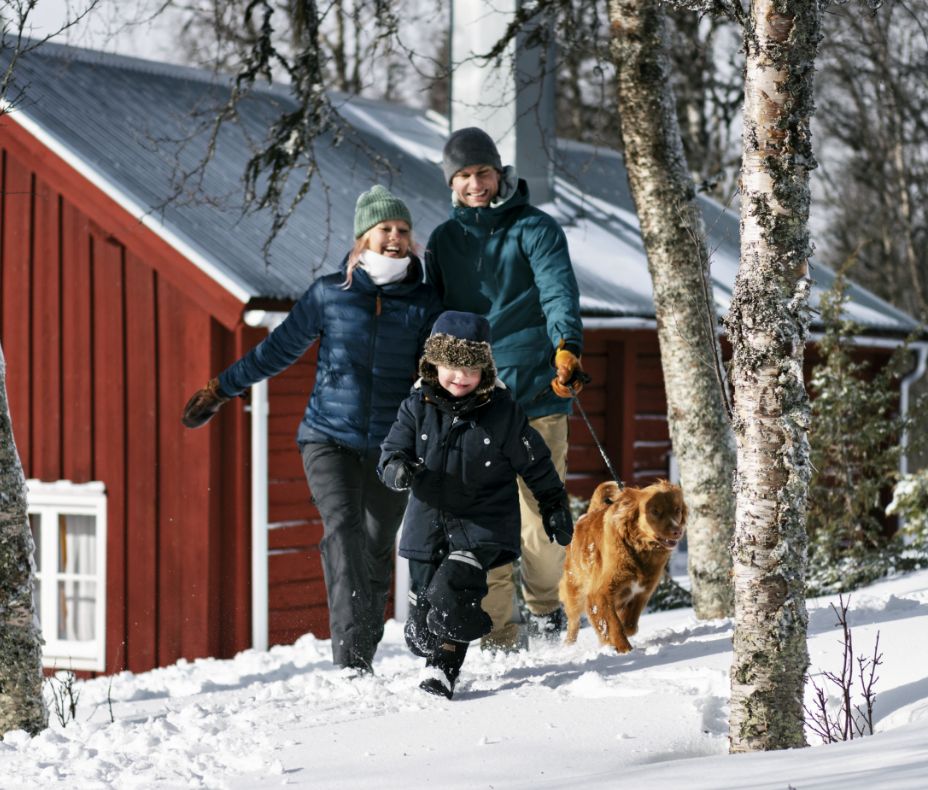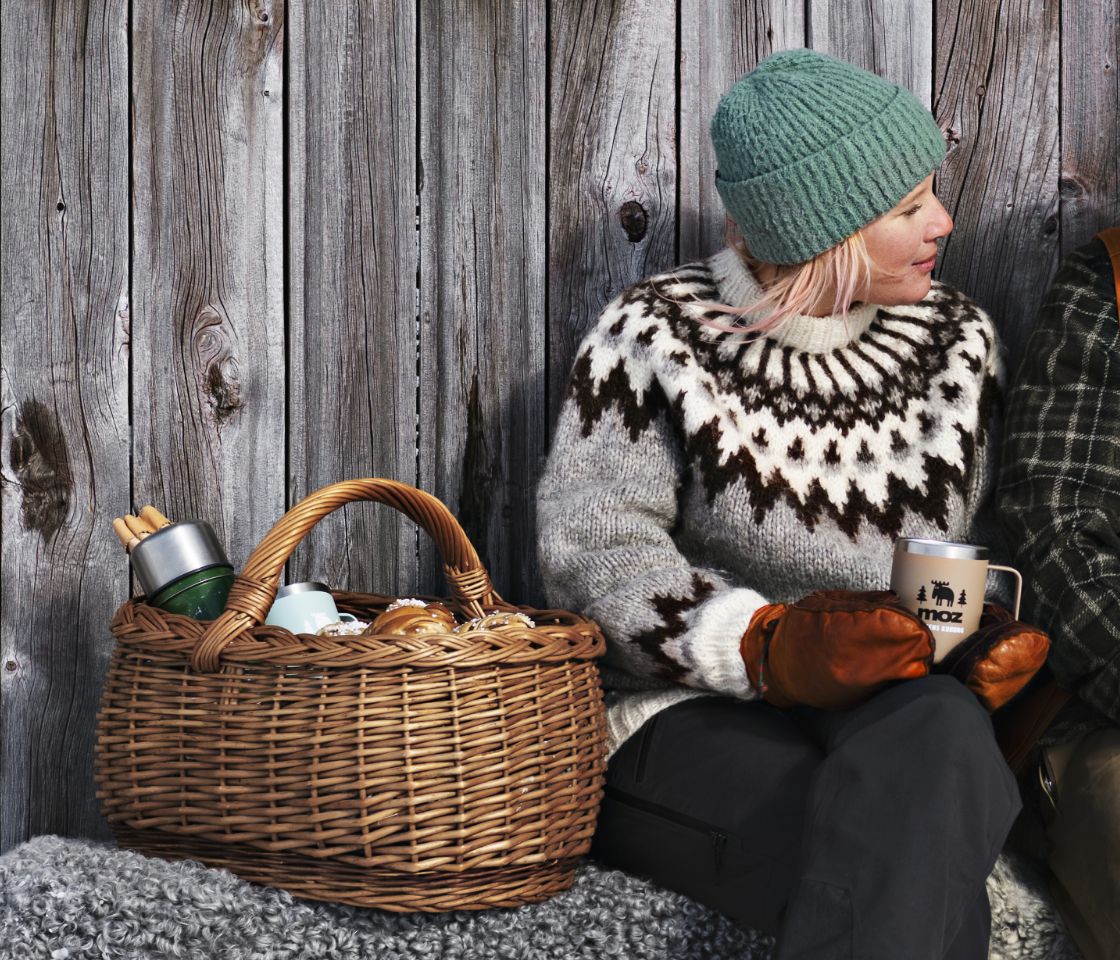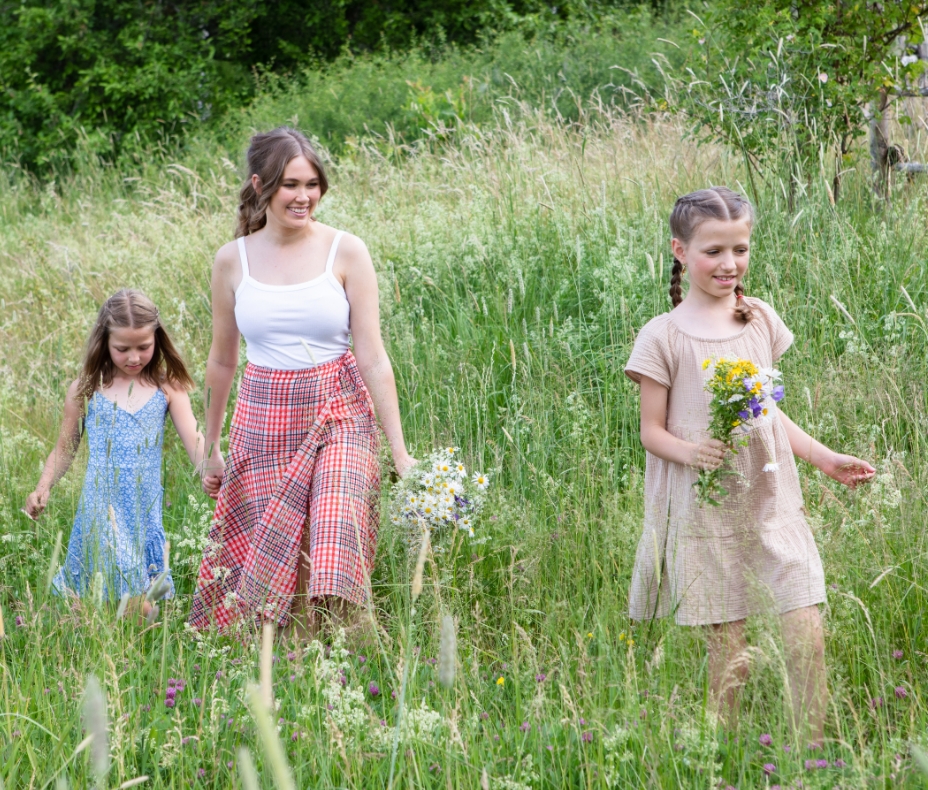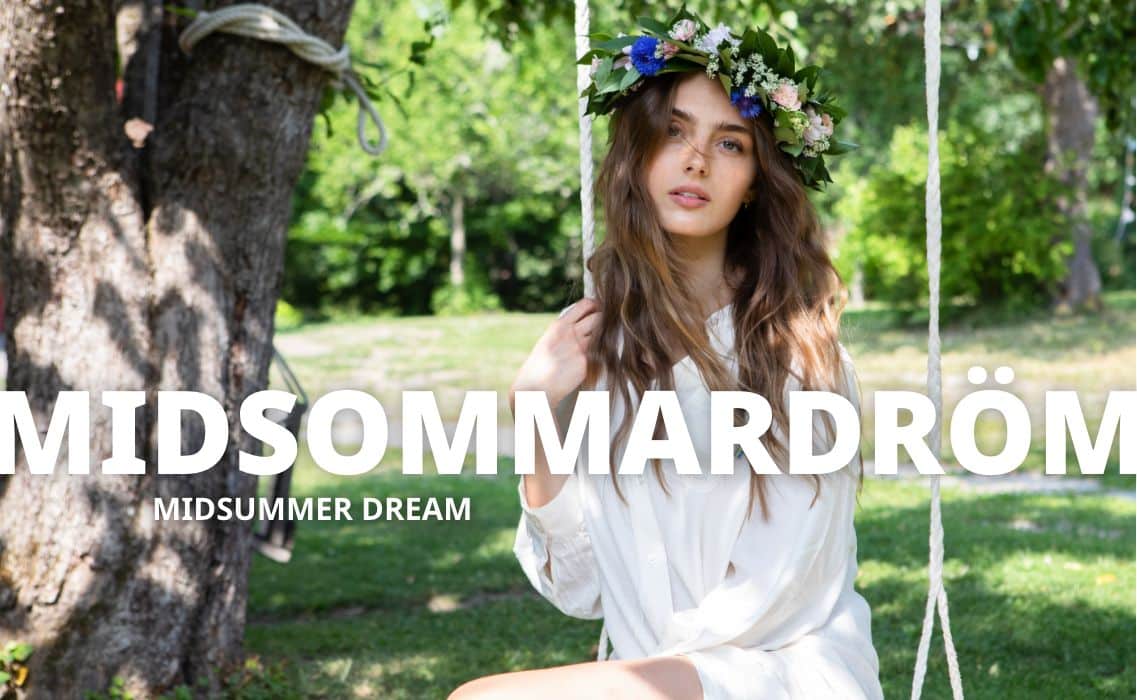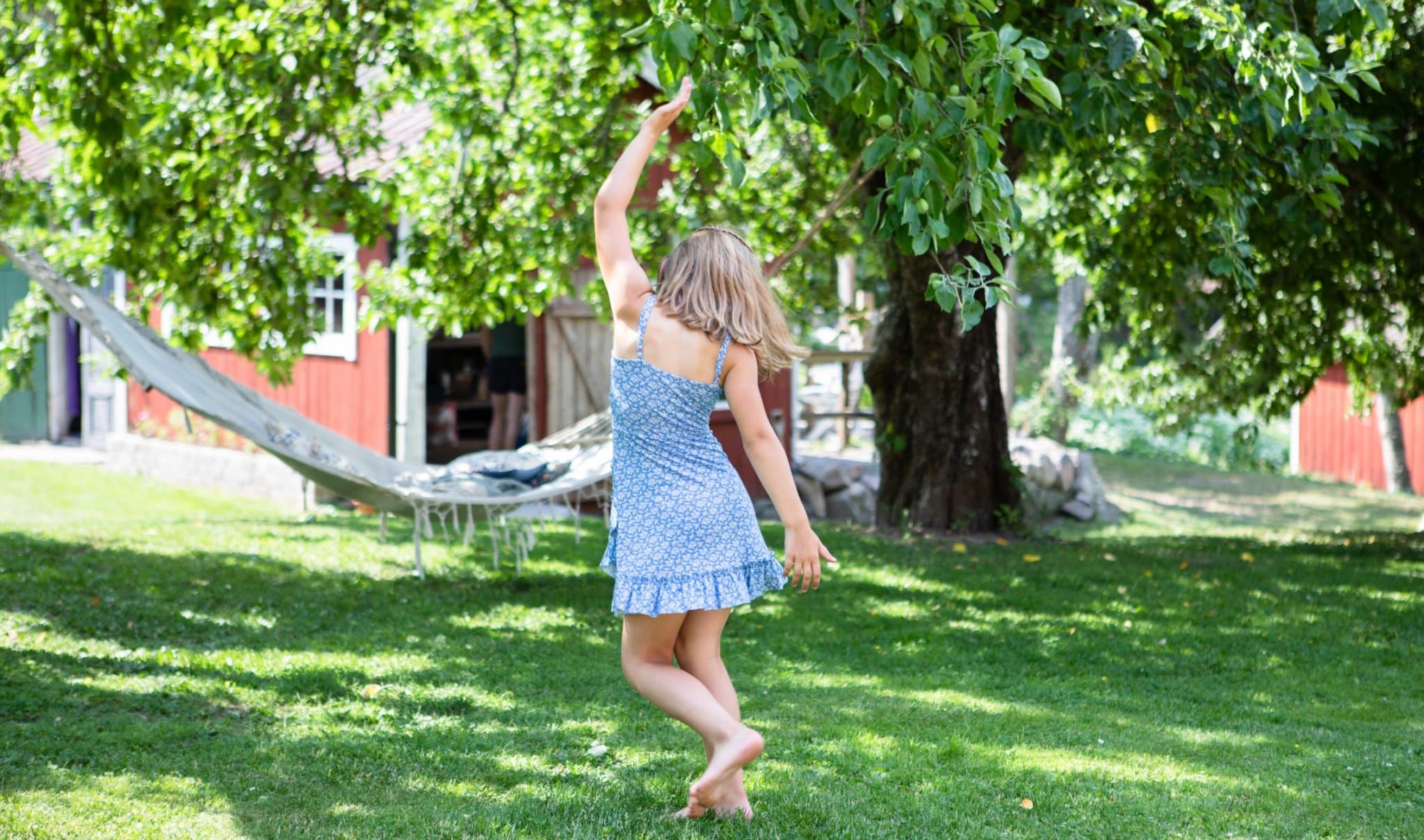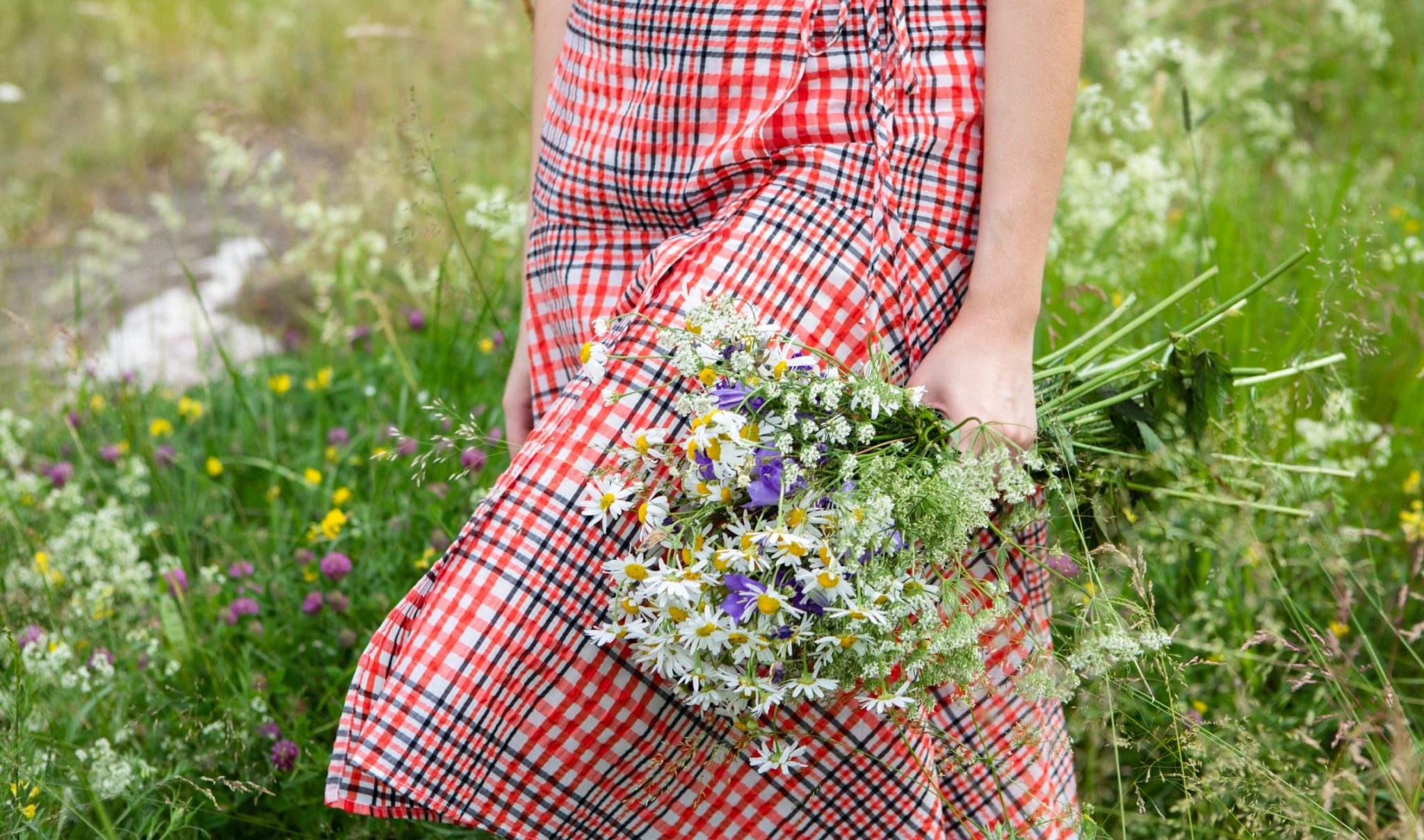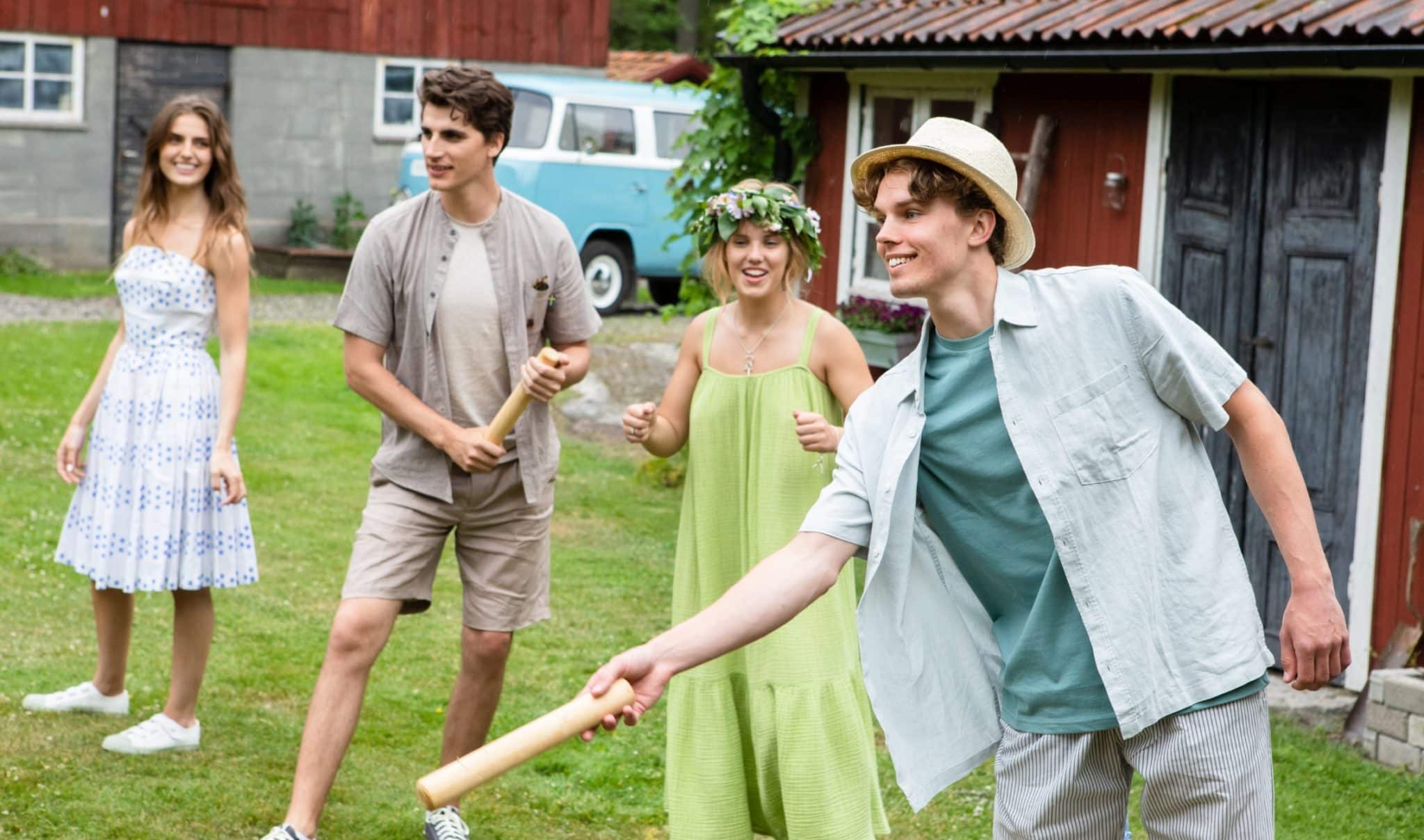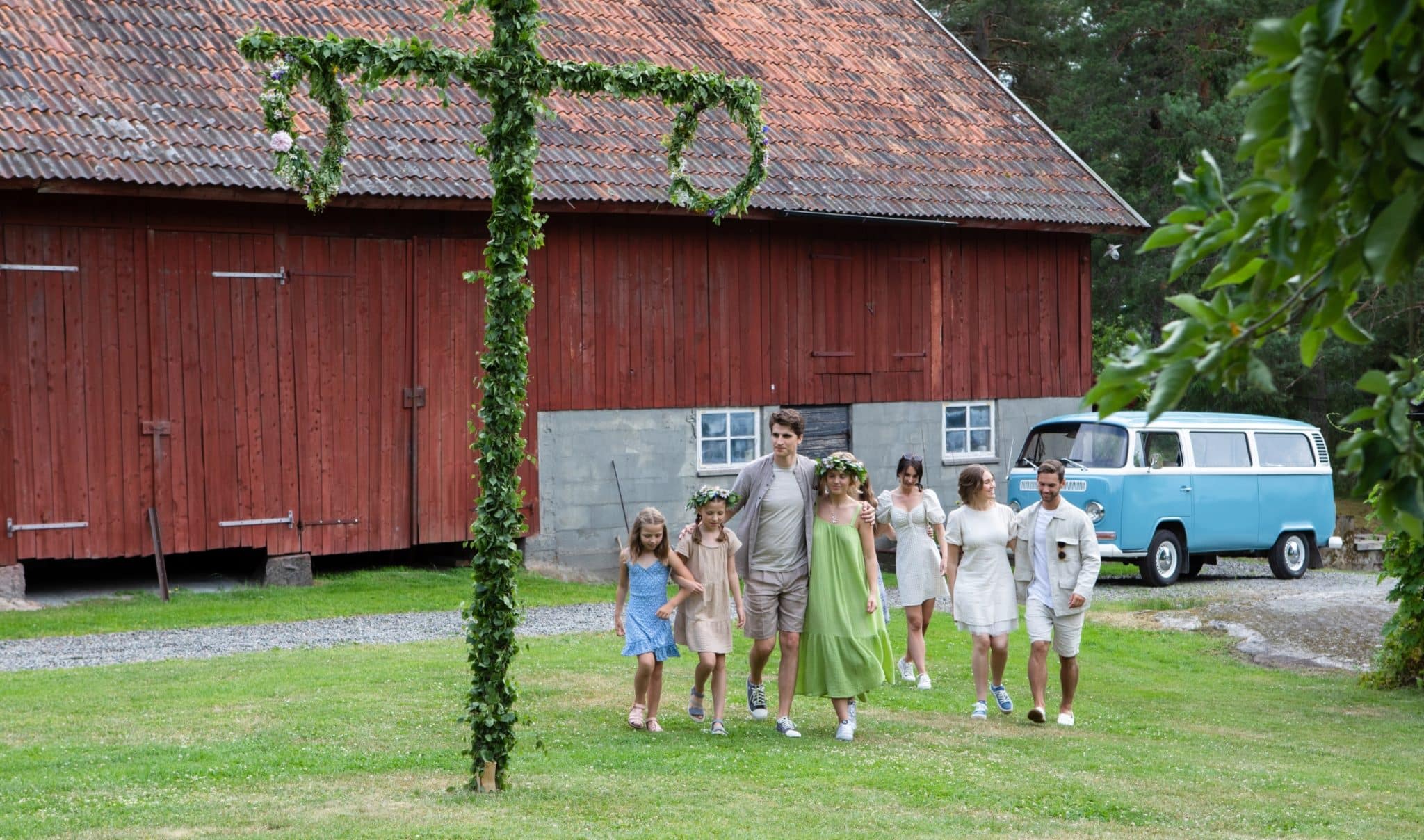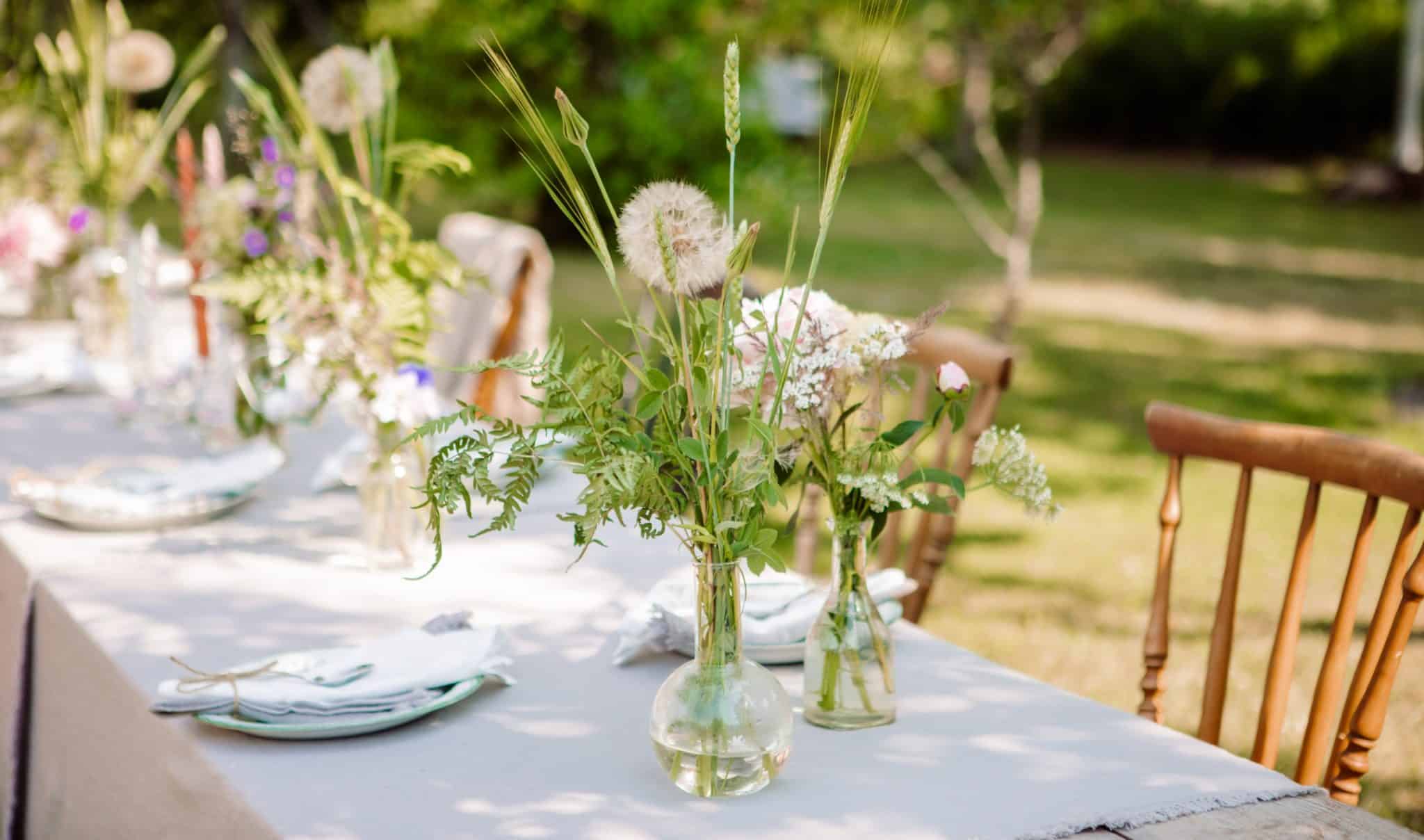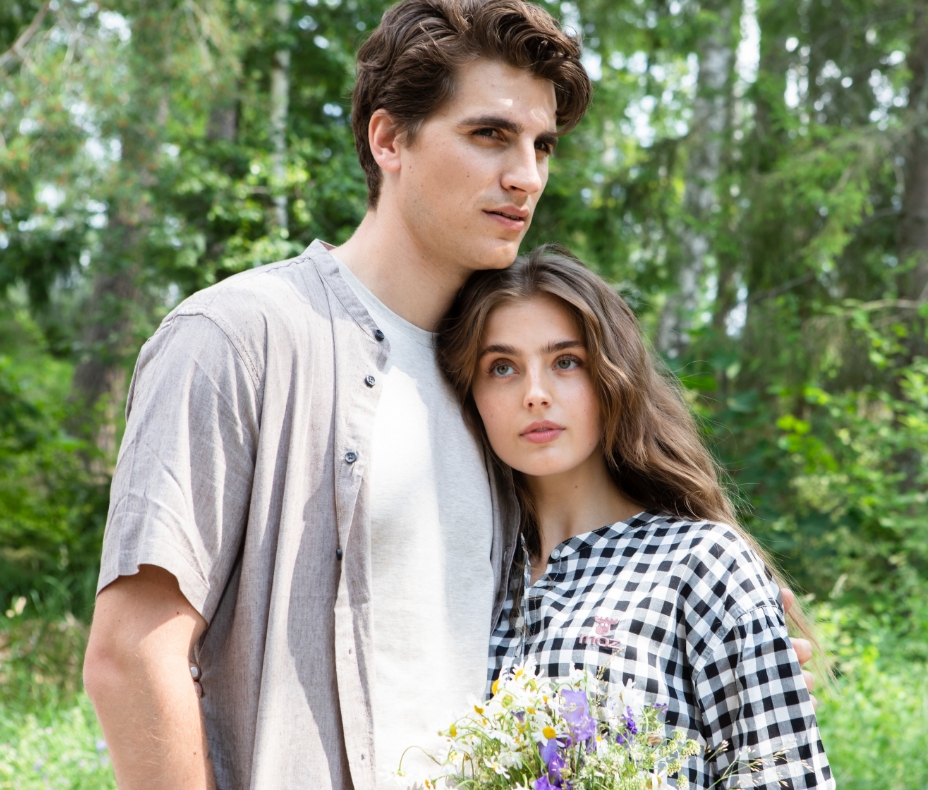The Christmas tree
The Christmas tree
The pine tree is one of the most traditional decoration pieces during Christmas.
History of the Christmas tree
The tradition of having a pine tree indoors comes from Germany and Switzerland somewhere between the 1500-1600’s. It was first and foremost a decoration for the high society – such as rich and noble people – and often decorated with candy. From the late 1600’s it was spread to France, Belgium and Holland, but didn’t reach Swedish homes until the 1800’s.
In the 1800’s the Swedish decorations were quite similar to the traditional decorations we have today. The Christmas tree would have live candles, apples and (if you’re lucky) candy hanging from the branches. In the end of the 1800’s it was common to buy Christmas tree decorations in small stores, such as garlands, paper crackers and decorative red hearts.


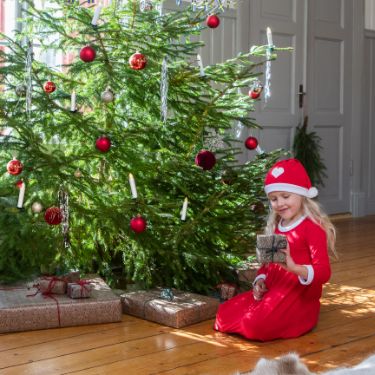
The vikings and the Christmas tree
In Swedish, the word for Christmas is ”jul”, and has its origin in the times of Viking. The Vikings celebrated the holiday ”Yule” as the midwinter occurred. It was a way to acknowledge that the darkest time of the year was over. The Christmas tree – or the plain pine tree – was a big symbol for these dark and cold times since it was the only green tree in the forest. It symbolized continuous life and life force, as it was the only tree being green during winter.
Legends say that trees were highly respected and honored in Viking culture, and it was common to decorate pine trees outside and wear wreaths made of pine tree branches.

How to decorate a Christmas tree
Traditions sure change, and today there are no rules on how to decorate a Christmas tree. During the early 1900’s the Christmas tree was decorated in the color red – today, every family has its own tradition.
Here are some decoration tips if you want a Christmas tree of your own:
- Christmas balls are a given. The traditional colors are red, silver or gold.
- Glitter garlands.
- Electric lights really spruce up the tree and make it shine beautifully when darkness sets.
- Try making your own decorations out of paper! Anything goes.
- Don’t forget that a Christmas tree is just like a flower: it needs plenty of water to not go brown and die.
Decorate the tree the way you feel like, and after your own preference. The big thing is to find the Christmas spirit and have a lovely time together with family, while finishing your Christmas tree.


